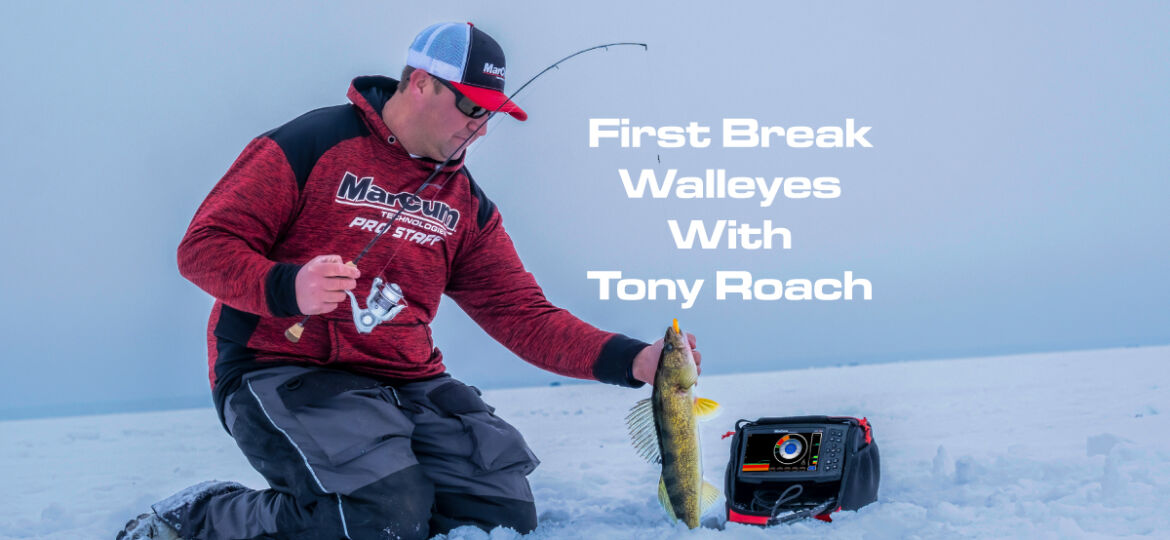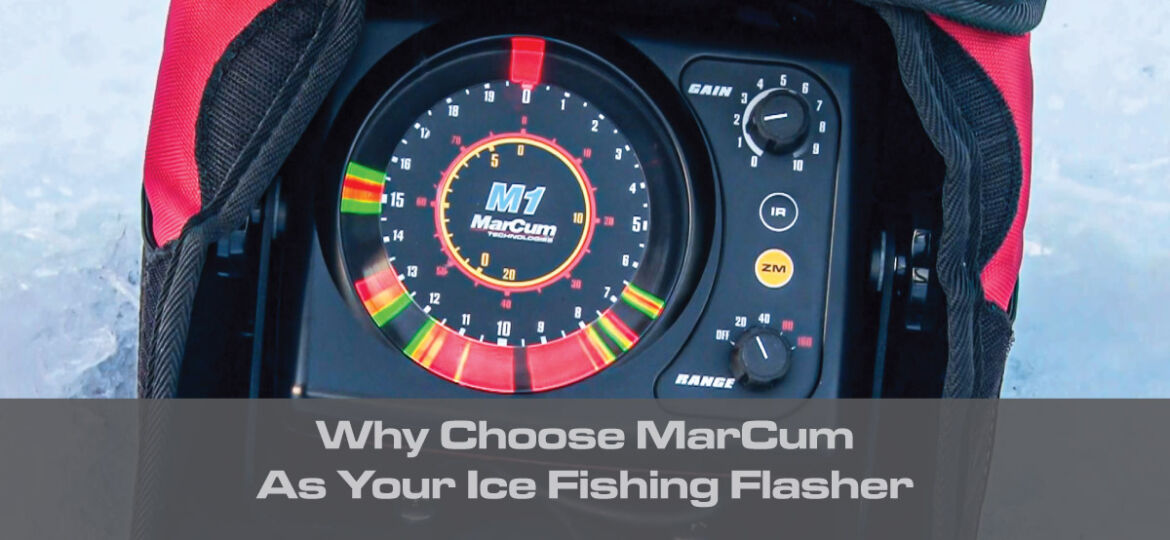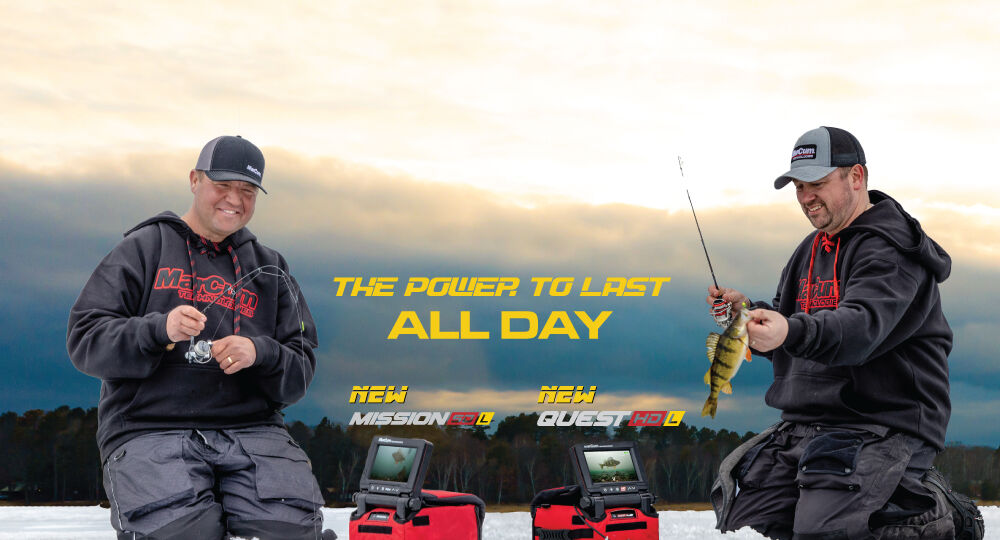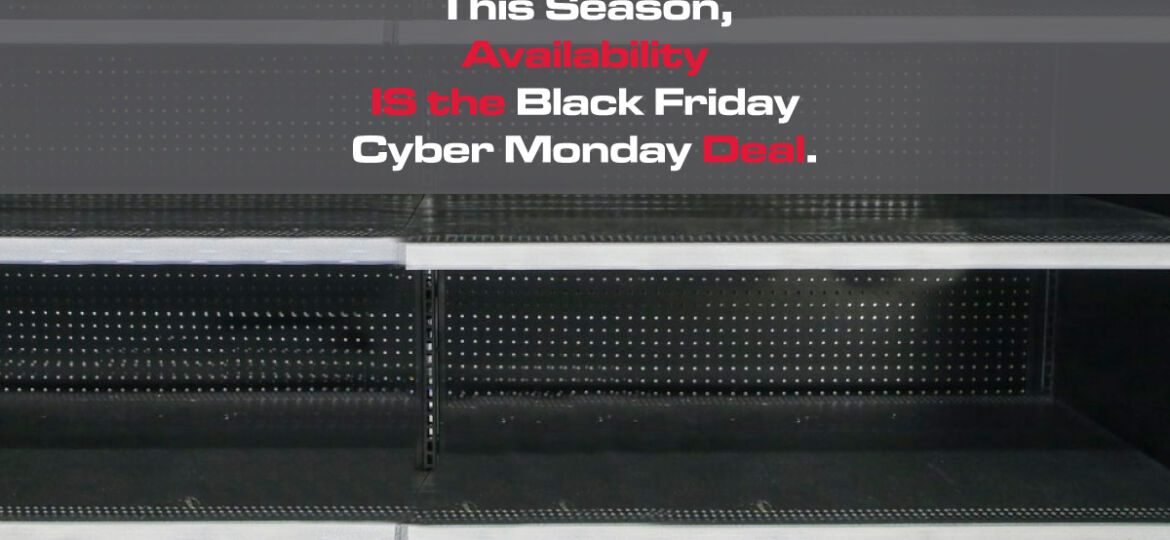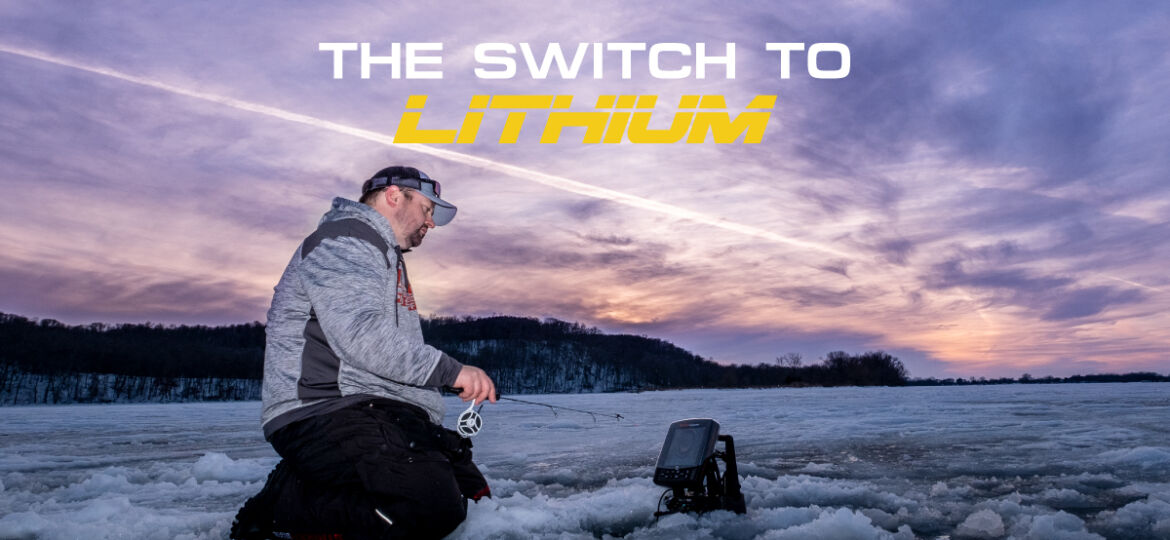Finding and CatchingEarly Ice Walleyes It’s been a few years, but I’ve always been a big fan of full-moon fall…
Midwest angler Joel Nelson knows a thing or two about ice sonar. As MarCum’s longest tenured pro-staff member and media personality, he’s been running a MarCum since the brand’s inception. Though he could run any fish finder on the planet, he’s an avid fan of the M1. “It’s really a sonar that takes me back to some of the original MarCum units that just flat caught fish,” says Nelson. “You get exactly what you need in an ice locator, ready to fish out of the box.” Nelson logs thousands of miles across the ice belt each season, fishing and filming for a host of TV and video segments, all while toting an M1. “I appreciate so many of the MarCum units in the lineup, but I’ll always have an M1,” says Nelson.
know. First off, there are a lot of terms that are used in the ice fishing industry to describe the functionality of ice fishing electronics. Terms such as high frequency, chirp, live imaging, target separation, target identification, interference rejection, zoom and so on are used to describe the performance of the ice units.
New Hope, MN (10/25/2021) – Marcum Technologies, the undisputed leader in underwater viewing, takes an on-ice staple and improves it with lighter, longer-lasting lithium batteries. A new generation of anglers takes for granted what cameras have brought to the sport. Inline reels and the effect of lure-spin was revealed through watching fish swim away on an underwater camera. Winter panfish location and the connection to green standing aquatic plants, along with countless other observations; all brought to you by underwater viewing, now made better with a little help from an advanced fuel source.
Tony Roach, a man who has seen just about everything that swims on a host of ice-fishing sonar units. “That’s a walleye,” he confidently announced while staring at his MarCum M1. “See it belly-to-bottom, then come up, then drop down. It’s done it about three times in the past 30 seconds.” Eventually, Tony connects, bringing a particularly goldeneye up on a panfish jig of all things. How did he know it was a walleye, when we had landed nothing but gills the prior 10 hours on ice? More importantly, what are the tell-tale signs, species by species, that will help us determine what we’re fishing for, and ultimately what bait to present and how?
New Hope, MN (11/18/21) –Based on the growing demand for MarCum products in Eastern Canada, the Minneapolis manufacturer has engaged Raytech Electronics, a warranty and maintenance service center to enable owners to receive service without having to hassle with international shipments. Raytech will be handling warranty and non-warranty repairs for MarCum consumers starting November 17th, 2021. This new relationship is expected to decrease repair service times by at least 5 business days for Eastern Canadian customers.
If you’ve tried to make a major purchase in 2021, you’ve been affected by the global supply chain slowdown. Materials are backordered, shipping is slow, containers held up; there are seemingly more reasons than ever these days for why you can’t get at what you’re looking to own.
As an ice angler, there are several tools that can aid in your fishing success. Very few, however, are as effective as an underwater camera. The information provided to an angler from the use of an underwater fishing camera not only accelerates one’s learning curve but will ultimately, put more fish on the ice.
No one can deny how much the sealed lead-acid (SLA) 12v battery has had an impact on ice fishing. This battery has been the dominant player in the game and has been used extensively for decades in flashers, digital units and camera systems throughout the ice belt.
Though there is a slightly higher cost of entry to MarCum for putting these batteries in as standard options, the benefits of Lithium battery technology are many. For most anglers, the weight savings alone are enough to switch out their old Sealed Lead Acid (SLA) batteries, with new Lithium versions weighing less than half of their predecessors. You’ve also got longer run-times, even from batteries with similar amperage output that are not Lithium. That means you can fish for durations numbering days, not hours, with anglers often only re-charging their batteries after a long weekend of use.


